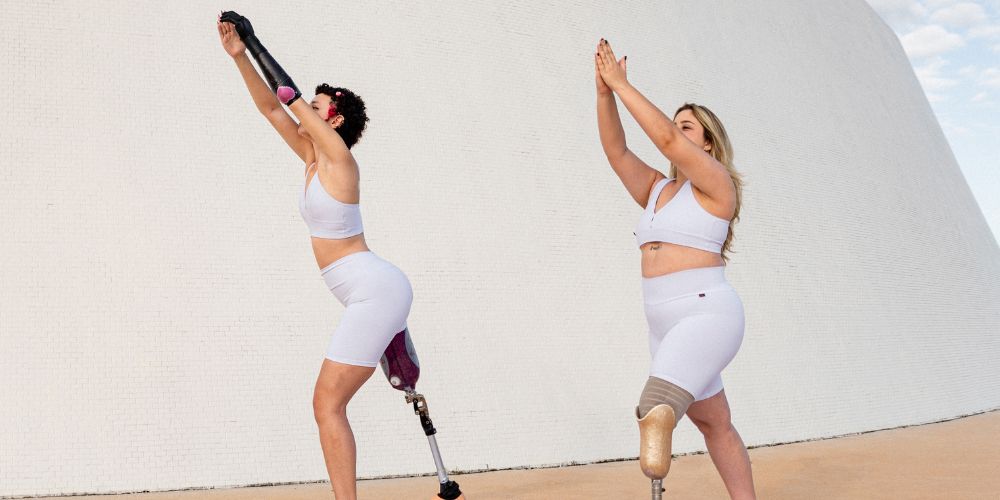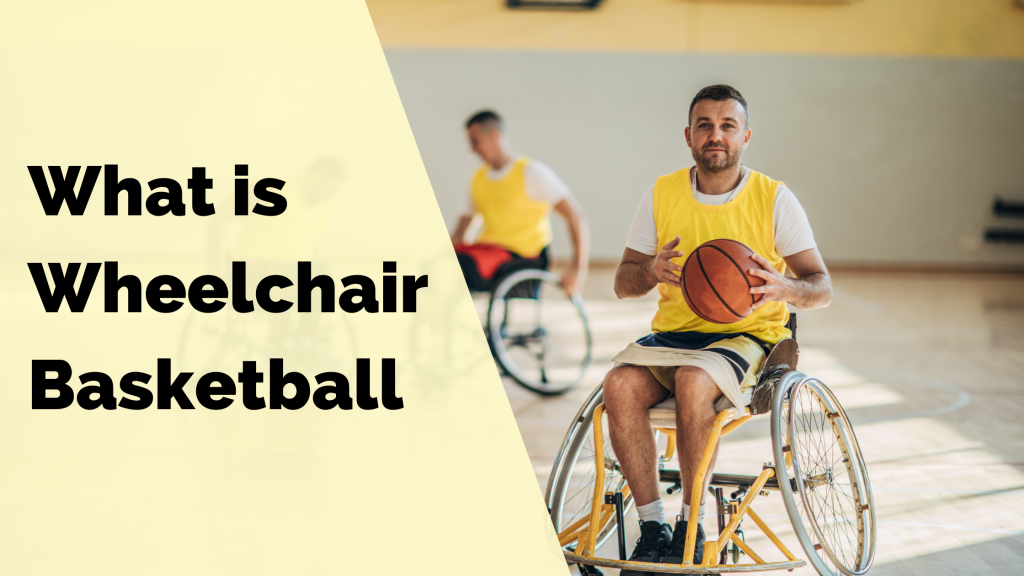
In recent years, the ancient practice of yoga has received worldwide acclaim for its wide array of health benefits. A particular area of interest is how yoga can benefit amputees. This article dives deep into how yoga can positively transform the lives of individuals with limb loss.
1. Strengthening Balance and Stability: How Yoga Can Benefit Amputees
A common struggle for amputees is maintaining balance and stability. Yoga poses or asanas enhance balance by requiring practitioners to engage their core muscles and focus on their body’s alignment. As a result, yoga can significantly improve balance and stability for amputees, fostering more confident and comfortable movement.
2. Enhancing Flexibility and Strength: A Benefit of Yoga for Amputees
Yoga is renowned for boosting flexibility. Gentle stretching exercises in yoga can increase flexibility in the whole body, including the residual limb. This added flexibility can improve ease of movement and prosthetic use for amputees. Moreover, yoga postures engage a variety of muscles, incrementally enhancing strength in both the residual and intact limbs.
3. Boosting Body Awareness: How Yoga Can Benefit Amputees
Yoga encourages practitioners to be aware of their body, its movements, and postures. This amplified body awareness, also known as proprioception, is especially beneficial for amputees. It enables them to understand their bodies better and adapt their movements for maximum comfort and efficiency.
4. Alleviating Stress and Enhancing Emotional Well-being: Yoga’s Benefits for Amputees
The mindfulness facet of yoga – concentrating on the present moment and conscious breathing – can alleviate stress and encourage relaxation. For amputees, who may grapple with considerable emotional stress in addition to physical challenges, this can significantly improve overall well-being.
5. Managing Pain: How Yoga Can Benefit Amputees
Studies have found that yoga can help manage chronic pain, including phantom limb pain, a prevalent issue for amputees. The blend of mindful breathing, relaxation, and gentle movement in yoga can diminish the severity of such pain and enhance an individual’s ability to manage it.
6. Fostering Community and Belonging: A Key Benefit of Yoga for Amputees
Participating in a yoga class creates a sense of community. This sense of belonging can be particularly impactful for amputees, who might sometimes feel isolated due to their experiences. Practicing yoga with others creates a safe space to connect, share, and feel included.
How can Amputees get Started With Yoga?
Getting started with yoga as an amputee is an empowering journey, and it can be both simple and enjoyable. First and foremost, It’s crucial for amputees considering yoga to consult a healthcare provider to ensure it’s suitable for their specific circumstances.
Once you have the green light, seek out yoga classes or instructors that have experience working with amputees or those with physical disabilities. Many yoga studios offer adaptive classes tailored to different ability levels, but you can also join a standard yoga class. Starting with a beginner’s class can provide a comfortable entry point, allowing you to learn at your own pace.
Don’t hesitate to communicate your specific needs and preferences with the instructor, as they can provide modified poses and personalized guidance. There are also online resources, videos, and apps designed specifically on how yoga can benefit amputees, making the practice accessible even from the comfort of home. Remember, yoga is a personal journey, and the key is to listen to your body, practice patience, and enjoy the process of growth and healing.
It’s crucial for amputees considering yoga to consult a GP or other healthcare specialist to ensure it’s suitable for their specific circumstances. When ready, they should seek an instructor experienced in teaching yoga to amputees or individuals with physical disabilities. Remember, yoga is about honouring your body and enjoying the practice, not perfecting the pose.
To conclude, yoga offers a comprehensive approach to enhancing physical strength, balance, flexibility, and emotional well-being for amputees. So, how can yoga benefit amputees? By promoting self-discovery, resilience, and healing. If you’re an amputee, why not try yoga and experience these benefits first-hand?
